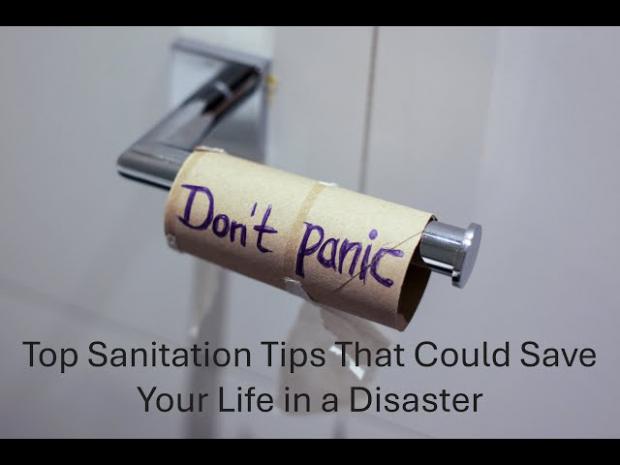
Breaking News
 Americans Worry Most Among Developed Nations About Food Security
Americans Worry Most Among Developed Nations About Food Security
 Pro-Israel Forces Intensify Effort To Control American Discourse
Pro-Israel Forces Intensify Effort To Control American Discourse
 Trump's 3 Choices In Ukraine (A Win-Win-Win For Russia)
Trump's 3 Choices In Ukraine (A Win-Win-Win For Russia)
 Climate Groups Falter, Bill Gates Recalibrates, But Al Gore Soldiers On
Climate Groups Falter, Bill Gates Recalibrates, But Al Gore Soldiers On
Top Tech News
 Build a Greenhouse HEATER that Lasts 10-15 DAYS!
Build a Greenhouse HEATER that Lasts 10-15 DAYS!
 Look at the genius idea he came up with using this tank that nobody wanted
Look at the genius idea he came up with using this tank that nobody wanted
 Latest Comet 3I Atlas Anomolies Like the Impossible 600,000 Mile Long Sunward Tail
Latest Comet 3I Atlas Anomolies Like the Impossible 600,000 Mile Long Sunward Tail
 Tesla Just Opened Its Biggest Supercharger Station Ever--And It's Powered By Solar And Batteries
Tesla Just Opened Its Biggest Supercharger Station Ever--And It's Powered By Solar And Batteries
 Your body already knows how to regrow limbs. We just haven't figured out how to turn it on yet.
Your body already knows how to regrow limbs. We just haven't figured out how to turn it on yet.
 We've wiretapped the gut-brain hotline to decode signals driving disease
We've wiretapped the gut-brain hotline to decode signals driving disease
 3D-printable concrete alternative hardens in three days, not four weeks
3D-printable concrete alternative hardens in three days, not four weeks
 Could satellite-beaming planes and airships make SpaceX's Starlink obsolete?
Could satellite-beaming planes and airships make SpaceX's Starlink obsolete?
Disaster Survival Hygiene: What to Do When the Water Stops

This video: By Lona Miller, Sandy City Community 4 Leader- What happens when the water stops flowing and the toilets won't flush? In a disaster, maintaining proper sanitation is crucial to preventing disease and keeping your environment safe. Preparing ahead of time can make all the difference—know how to set up an emergency toilet, seal drain plugs to prevent sewage backup, and safely bury waste if necessary. Without proper planning, unsanitary conditions can spread illness quickly, turning a crisis into a catastrophe. Are you ready to keep your home clean and your family healthy when disaster strikes? Why it matters: Poor sanitation during disasters can lead to disease outbreaks. Emergency toilet setup: Plan for a backup toilet, such as a bucket with a seat and biodegradable bags. Drain plug protection: Seal drains to prevent sewage backup from contaminated water systems. Waste disposal: To bury human waste, dig a hole at least 2.5 feet deep x 2.5 feet deep, layer the waste with mulch and dirt for decomposition. Health impact: Proper sanitation reduces the risk of infections and disease and keeps your family safe in a crisis.

 First totally synthetic human brain model has been realized
First totally synthetic human brain model has been realized Mach-23 potato gun to shoot satellites into space
Mach-23 potato gun to shoot satellites into space

